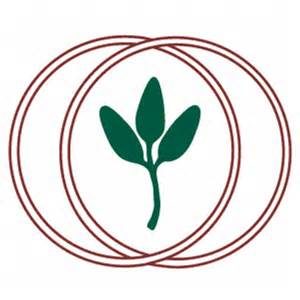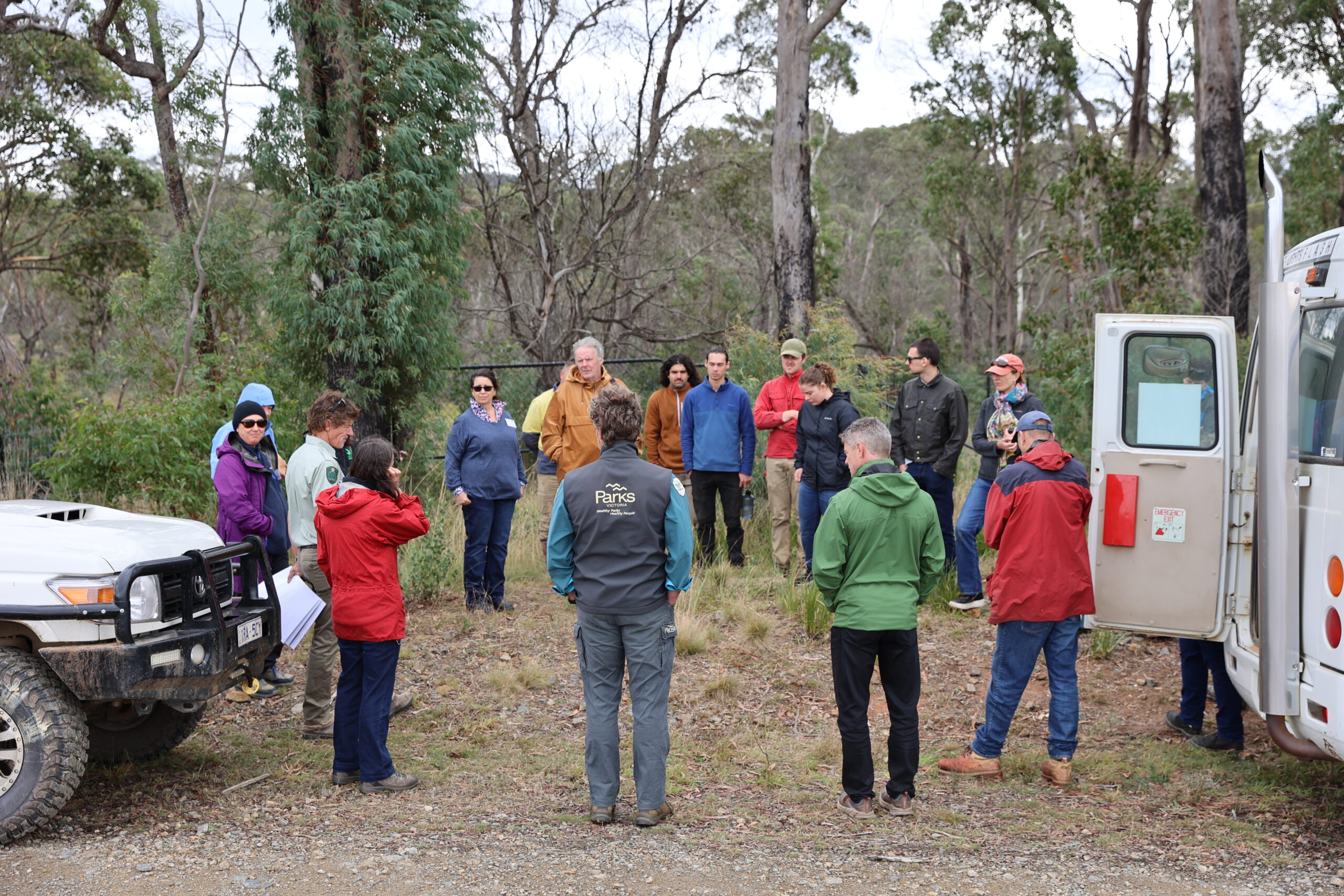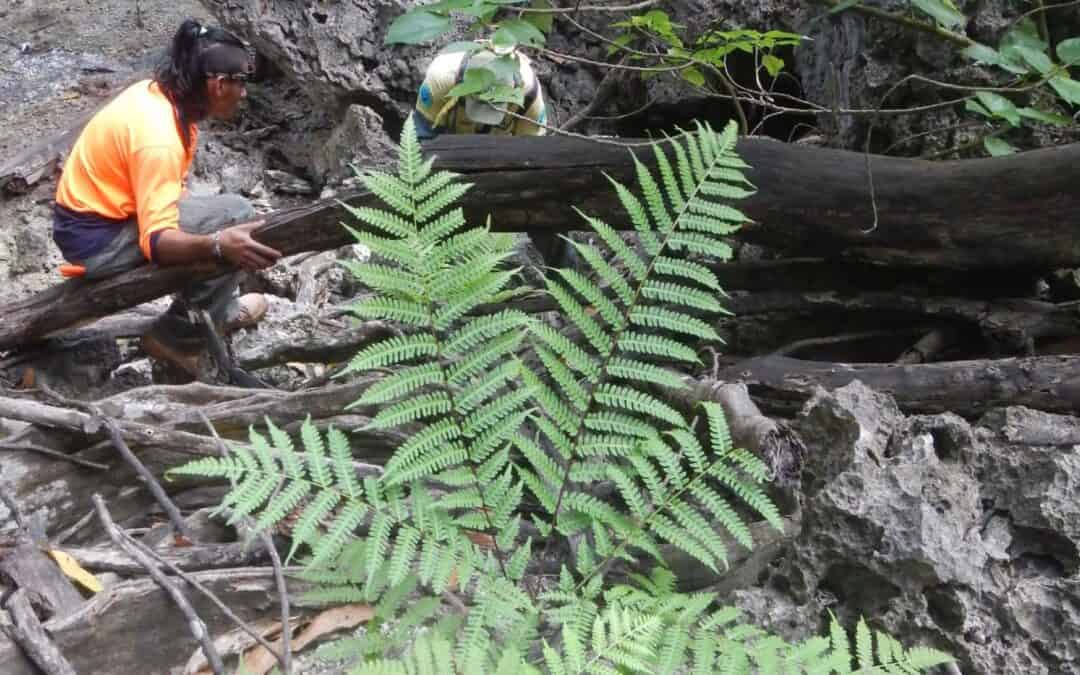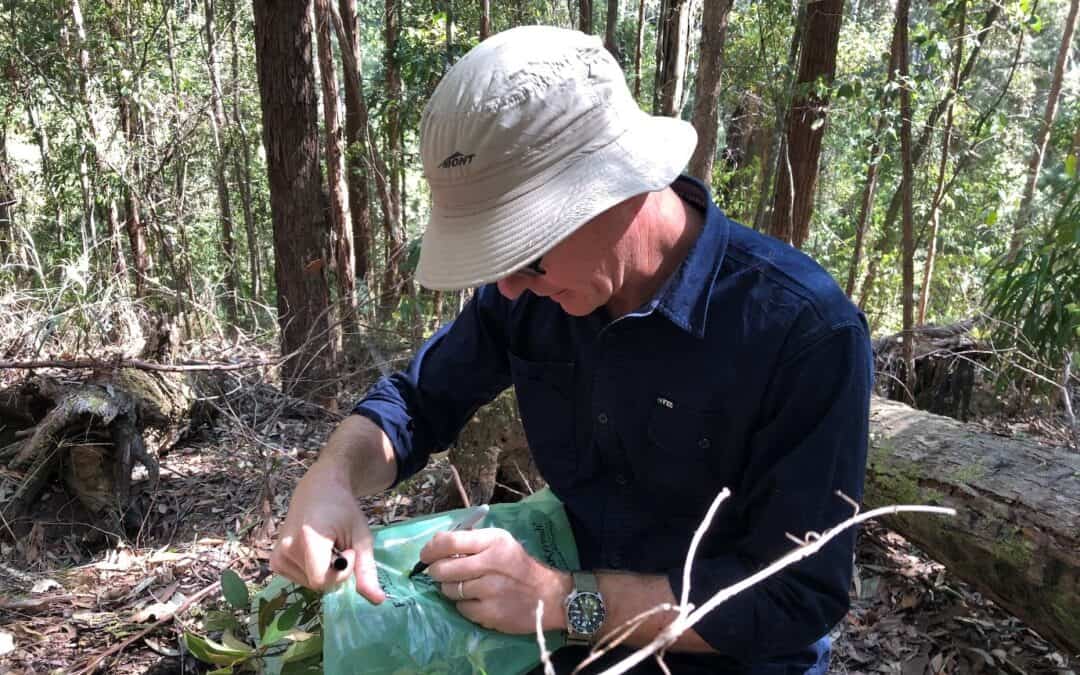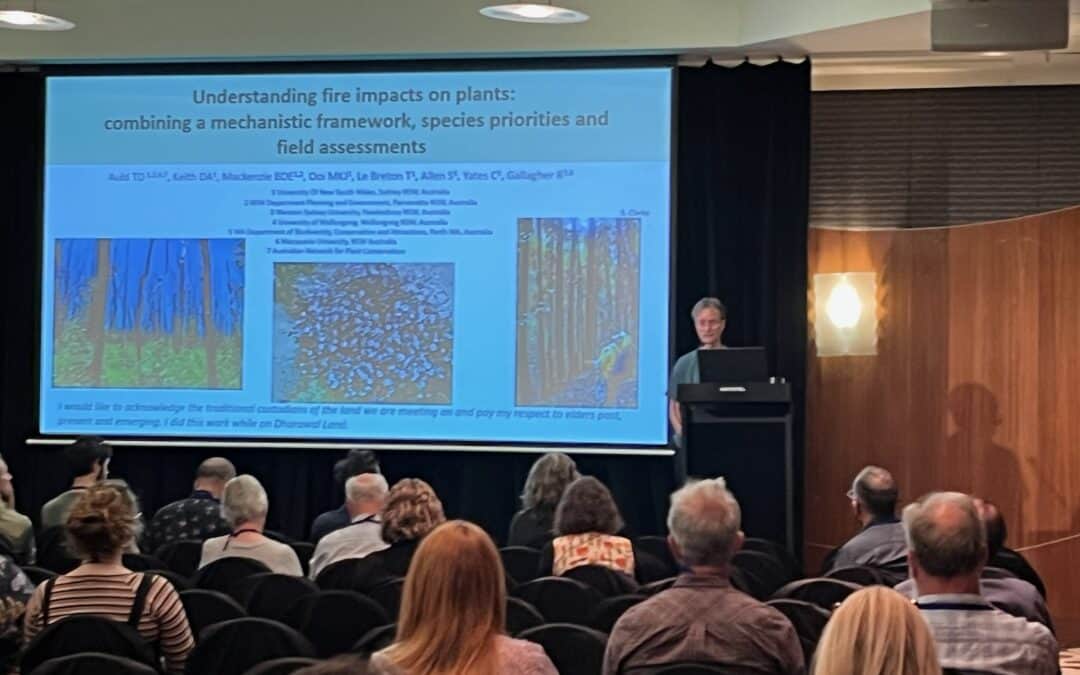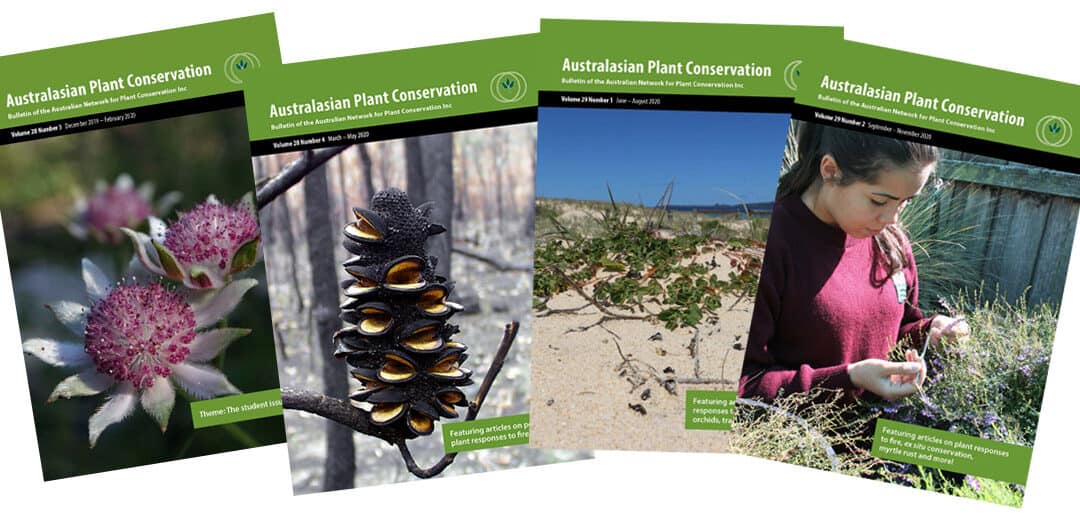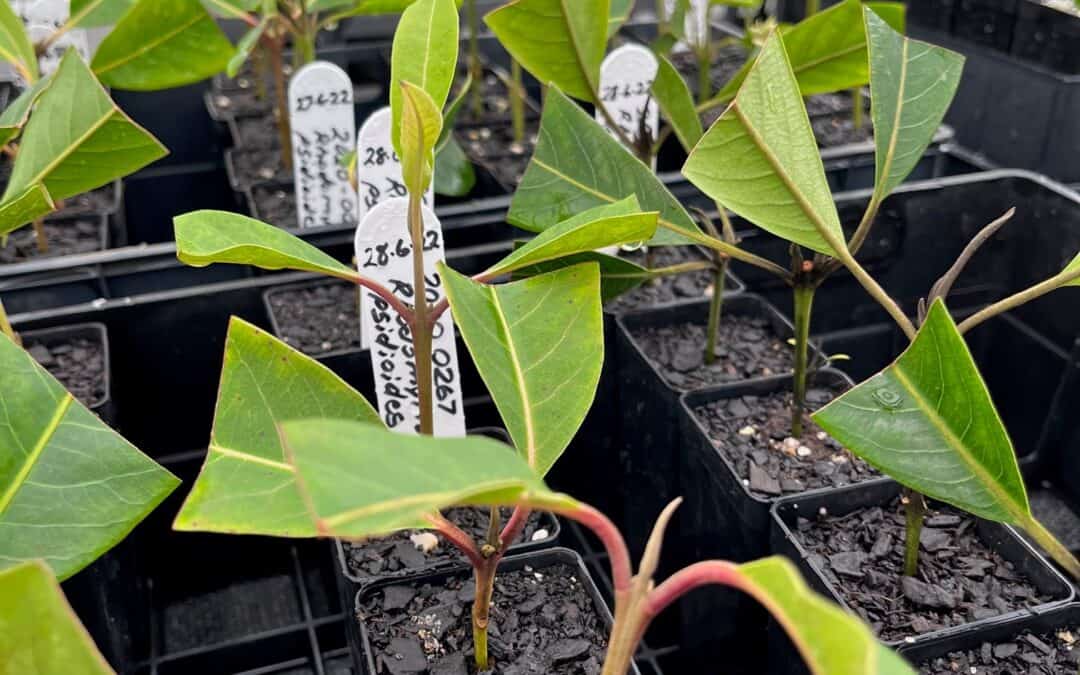
Native Guava Project – Propagation
| While seed is the easiest and most efficient form of germplasm to store, species such as Native Guava (Rhodomyrtus psidioides) are undergoing such significant decline due to Myrtle Rust that they no longer produce viable seeds for collection. Other species have seeds that are not suited to storage under conventional seedbanking conditions. For these species, cutting propagation is a way of capturing genetic diversity and establishing ex situ collections that provide a measure of insurance against extinction. Our partners at the Department of Agriculture and Forestry (QLD) and the Australian Botanic Garden Mount Annan (NSW) are establishing new ex situ collections from wild-collected germplasm. These collections provide a source of future propagation material, an accessible collection for research and a way of distributing germplasm across partner organisations as a further measure to establish the species in safe custody. This project received grant funding from the Australian Government. Images below:(top) Cutting propagation of Native Guava (Rhodomyrtus psidioides) at the Australian Botanic Garden Mount Annan. Credit: Amelia Martyn Yenson. |
